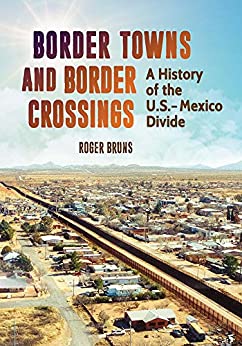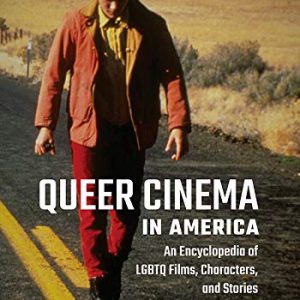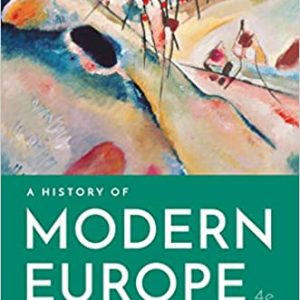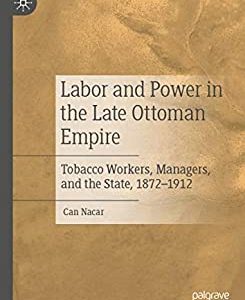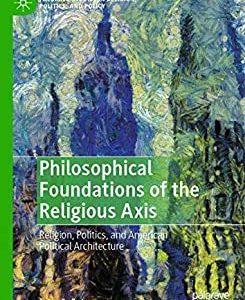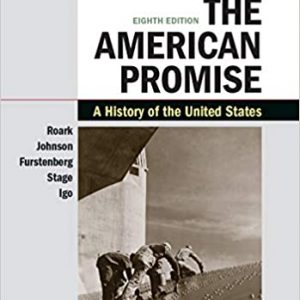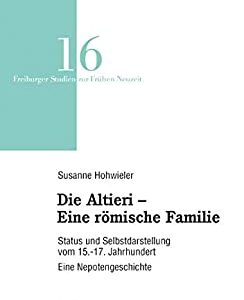This is a compelling and revealing look at the history of the U.S.-Mexico border as a place, a symbol of cross-cultural melding, and a source of growing anxiety over immigration and national security.
The U.S.-Mexico border is far more than a line that separates two countries. A winding path of nearly 2,000 miles from the Pacific Ocean to the Gulf of Mexico, it is history, commerce, and culture. In recent years, however, attitudes about border crossings and border issues have hardened as has immigration policy.
A source of growing anxiety over illegal immigration, national security, and safety, the border has become a symbol of political cataclysm over immigration law and enforcement, the future of DACA, the increasingly harsh treatment of refugees and others who attempt to cross without authorization, and the future of U.S. policy. This book traces the history of the border and its people, from the creation of the border line to explosive issues surrounding immigration and the future of the United States as a nation of diverse cultures and races.
- Explores the creation and development of the border in the late 19th century and the growing industrialization of the region in the early 20th century
- Examines the cross-border violence during the US Civil War and the Mexican Revolution, the increasing racial hostility and deportation policies in the 1930s and 1950s, and cartel violence
- Provides an unbiased assessment of the advent of the Chicano movement and politics on the border, NAFTA and border economics, and the increasingly hostile political debate over immigration and demands for a wall
- Provides critical background and contextual information to the events that have led to a turning point in America: How do we as a nation treat those seeking a new life at the border?
- Shows how the border has brought out feelings of community and acceptance along the border and at the same time birthed nativist and racial stereotypes
- Supplements political material with relatable information about the lives of cross-border workers and the blending of cultures along the border as they include food, language, and art

